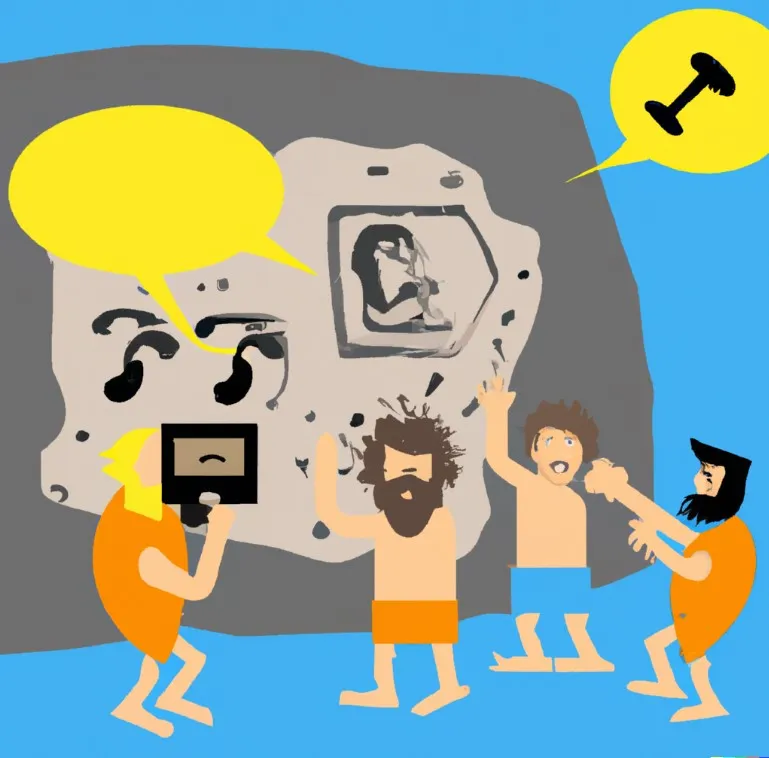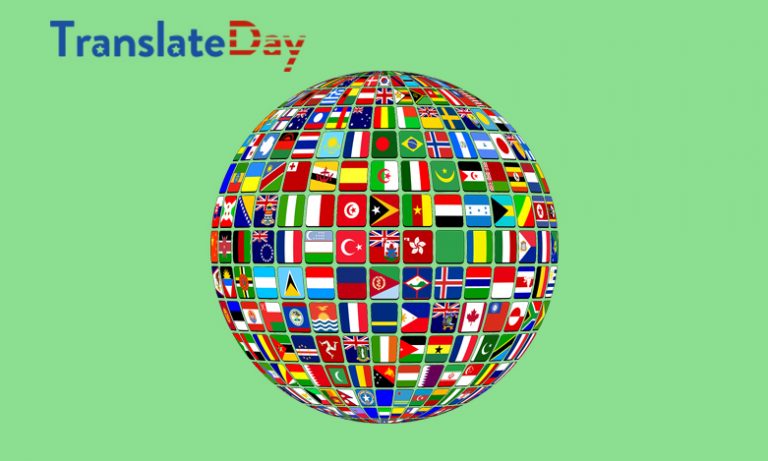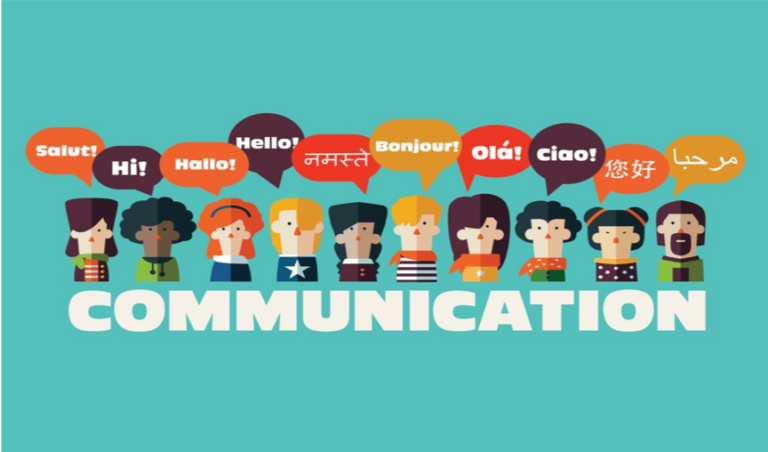Worldwide, there are 2500 endangered languages at risk of disappearing. According to researches by the UN Organization (UNESCO), who work to preserve some of the most threatened ones, a few of them are very close to extintion by the year 2021. Only 199 languages are spoken by less than 10 individuals, 178 languages are spoken between 10 to 15 people, and only a dozen languages are still spoken by only one person.
Of the approximately 6000 languages spoken in the world, we can name many of the most widely spoken languages, but surely few of those that are in danger. Most of this dying languages are only spoken by old people and are probably not going to transcend among younger generations.
In this other article we talk about the Discover some of the world’s oldest languages.
What is an Endangered Language
An endangered language, also known as moribund language or dying language, is a language that is at risk of disappearing and becoming a dead language, as its speakers die or shift to speaking other languages.
6 Dying Languages About to Disappear
In this article we will show you 6 dying languages that are very close to disappear:
1. Puelche, Eastern People
We start this list with a language called Puelche, also it is known as Gennaken, Northern Tehuelche or Pampa. Many names for a language that is unfortunately extinct.
The language is an isolate language, so there is no relation to be found with other languages. Because of this, there is no possible recovery based on the knowledge of other languages. This language was spoken by the ‘Puelche’, people who lived in the Pampa region of Argentina. Most of the people in this region are now speaking Spanish.
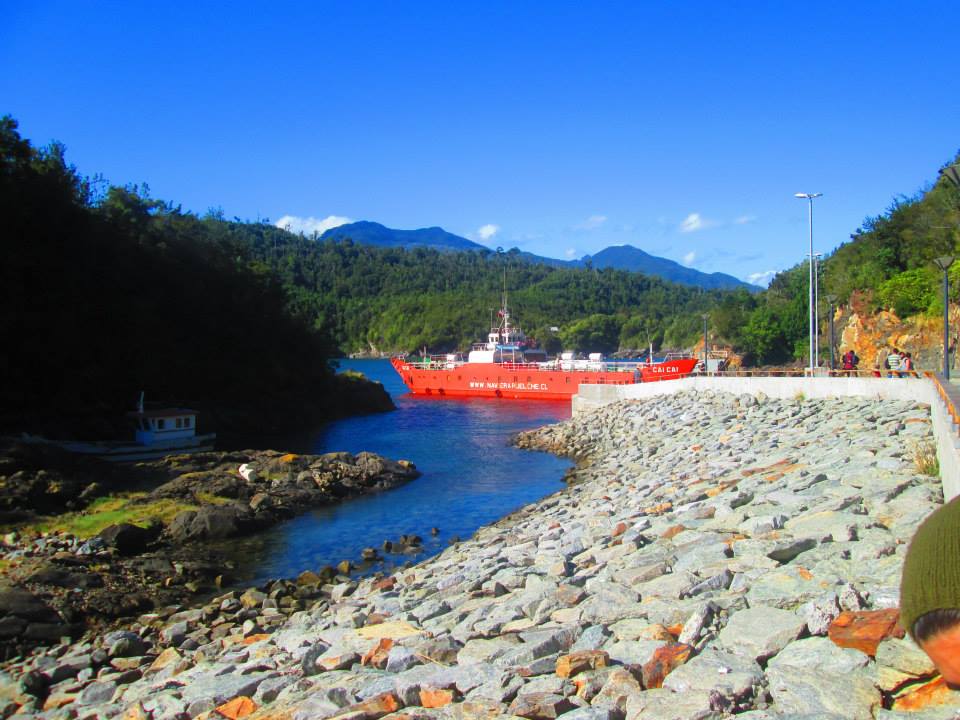
2. Qawasqar, Flesh and Blood
This is the language with the most extensive list of alternative names: Alacaluf, Halakwulup, Kaweskar, Alakaluf, Kawaskar, Kawesqar, Qawashqar, Halakwalip, Hekaine, Kaueskar, Aksana or Aksanás. There are more names for the language than there are speakers to it. By 2006, only 12 speakers of this language were officially registered.
That was in Western Patagonia, in the island of Wellington, near the coast in the south of Chile. Because there are few speakers remaining, all of them tend to speak Spanish because it is easier to communicate with tourists who come visit. Qawasqar language has been described as ‘almost extinct’.
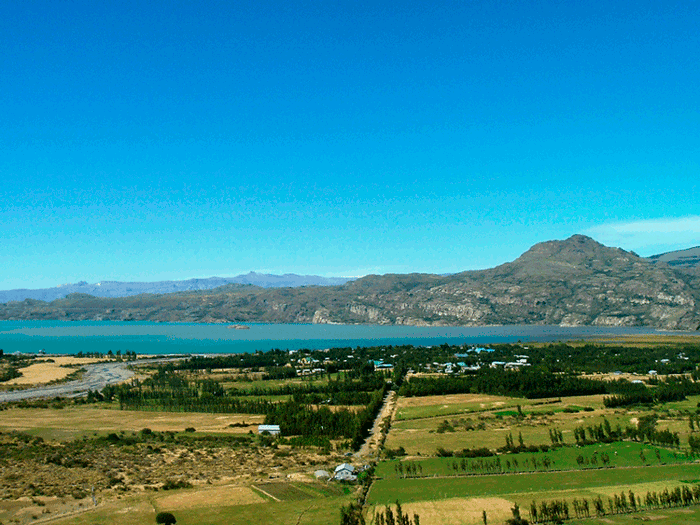
3. Tanema, Single-speaker language
Tanema was spoken in a village called Emua, on the island of Vanikoro, in the eastern province of the Solomon Islands, Temotu. In 2007 only four speakers were reported, but in 2012 there was only one speaker (known to us) while all the people in the region who spoke the language have change to Pijjn or Teanu.
These languages are ‘more popular’, although also endangered. In the case of Teanu only 800 speakers are registered. For Pijin as many as 24,000 speakers (as a first language) are registered. The Tanema language is related to the Polynesian language family, just like Pijjn and Teanu, above mentioned.

4. Tinigua, the sound of the Old People
There are still two speakers remaining of the Tinigua language, which was originally spoken by the native people of Columbia, in the river basin Yari. The use of the language declined drastically in the nineteenth century. Firstly because a fierce international market appeared and commerce arised, due to the presence of ‘Rubber’ material in the zone.
Secondly, due to the Tinigua people and their alliances and conflicts with other tribes. The tinigua were allied with the Witotos, but this alliance led to a tribal war against the Muinane and Carijona. As a result, they had to abandon large areas of their territory and retreat to the North. Finally, in 1949 they were attacked by European settlers, which caused the extinction of almost the whole population. In 1994, two brothers were still alive and able to speak the language… Soon it will be extinct, unless these brothers manage to convince young people to learn the language!
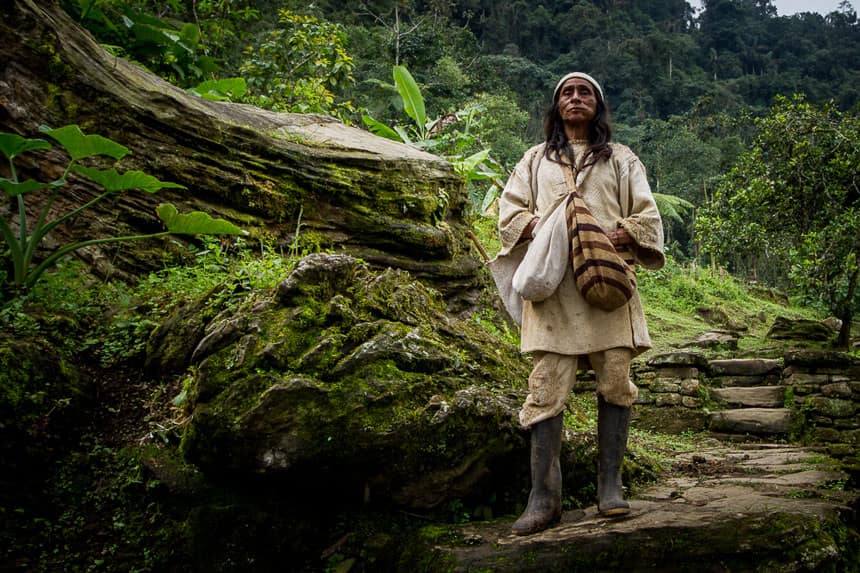
5. Tolowa, people of Lake Earl
Spoken by few Tolowa Indians, currently living on the Smith River Rancheria, near Crescent City, California. The language is almost extinct. However, young people are still interested in this language and willing to learn.
This is one of the few example of languages that are slowly coming “back from the Abyss”. There is only one speaker who mastered the language as his mother tongue, but a few people started to learn the language as a second language and are quite good at it. So, there still is hope, even for a nearly extinct language like this.
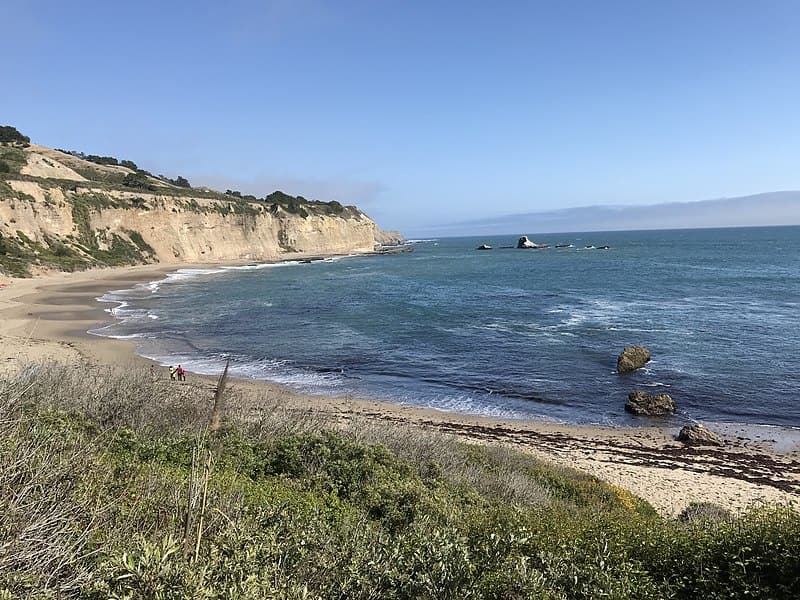
6. Yamana, from Tierra del Fuego
Also known as Tequenica, Yagán, Yaghan or Yahgan, this is an indigenous language of the Yagan, a population group in Tierra Del Fuego, Chile. ‘Tierro Del Fuego’, which means ‘fire land’. Tierra de Fuego is a group of islands in the south of South America, and it was not until 1520 that this country was ‘discovered’ by Europeans. Before that time, the people living there were a indigenous groups called the Yagan.
Yamana is an isolate language, so there is no language related to it, although some linguists linked it to Kawesqar and Chon.
In 2005, 84 year old Emelinda Acuna, one of the two latest speakers of this language, passed away. So now there is only one person who speaks this language as a mother tongue. She is Christina Calderon, Acuna’s sister by marriage, so the life of this language is on the line.
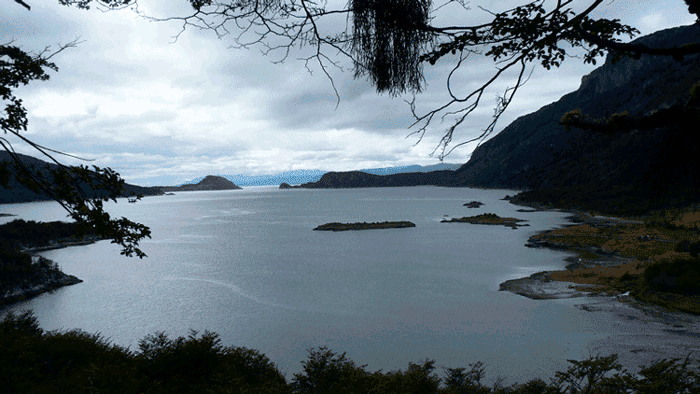
Thanks for staying until the end! We hope you enjoyed this article. Please refer to our blog for more free articles on language learning, translation, legal document translation and many other topics.



